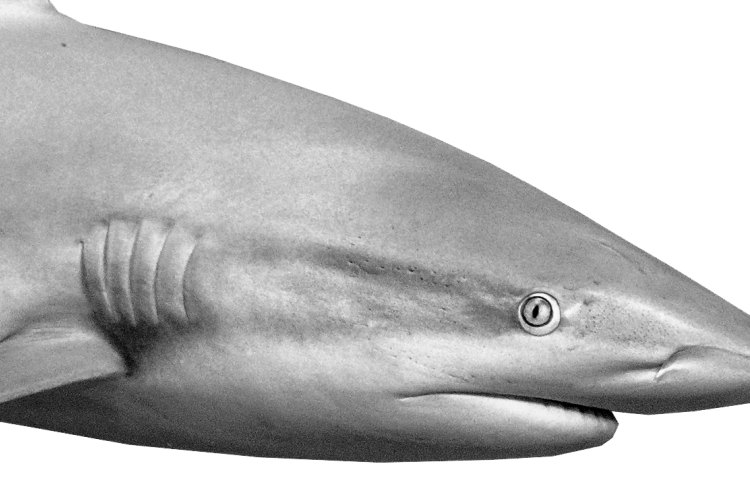Do sharks sniff their way?
Many sharks are know to make epic journeys. Great sharks migrate from Australia to South Africa or up and down the US East Coast, and tiger sharks roam over big distances. But how do they go about navigating? It turns out they may follow their noses.
Sharks are known for their keen sense of smell, but mostly as it relates to feeding. But it has also been hypothesized that the primary function of olfaction is not the detection and discrimination of odors per se, but rather decoding and mapping odor distributions in space and time for the purpose of navigation.
To test this hypothesis, a team of scientists led by Andrew Nosal, a postdoctoral researcher at the Scripps Institution of Oceanography and the Birch Aquarium in La Jolla, California, captured several dozen leopard sharks—a small species found along the coast from Washington State to northern Mexico. Leopard sharks are endemic to the western coast of North America, where they form seasonal aggregations in shallow, sheltered water, and feed mostly on benthic invertebrates and fishes. However, leopard sharks also make occasional forays into the pelagic environment, for example, crossing the San Pedro Channel between Santa Catalina Island and mainland California, which is 32km wide at its narrowest point and approximately 800m deep.
Stuffed nostrils
After blocking some of the animals' nostrils with cotton balls, the leopard sharks were transported from a near-shore aggregation site off La Jolla, California—up to 17km offshore where bottom depths exceeded 500m—released, and manually tracked using acoustic telemetry. It was hypothesized that these sharks would swim toward the nearest point on shore as their primary goal, so as to minimize their time in the hostile open ocean, which lacks their typical food and shelter from predators.
The study showed that the group of leopard sharks, which had their nostrils stuffed with cotton balls, “appeared lost," meandering aimlessly and swimming more slowly than those in a control group that could smell freely.
Those with unplugged nostrils “took very straight paths" toward home. However, even the sharks with plugged nostrils made it partway back to shore before their tracking devices fell off, which leaves other scientists unconvinced. Animals that couldn’t smell a thing still turned toward the beach, which “suggests something else is really guiding them,” said Jayne Gardiner, a sensory biologist at the New College of Florida.


